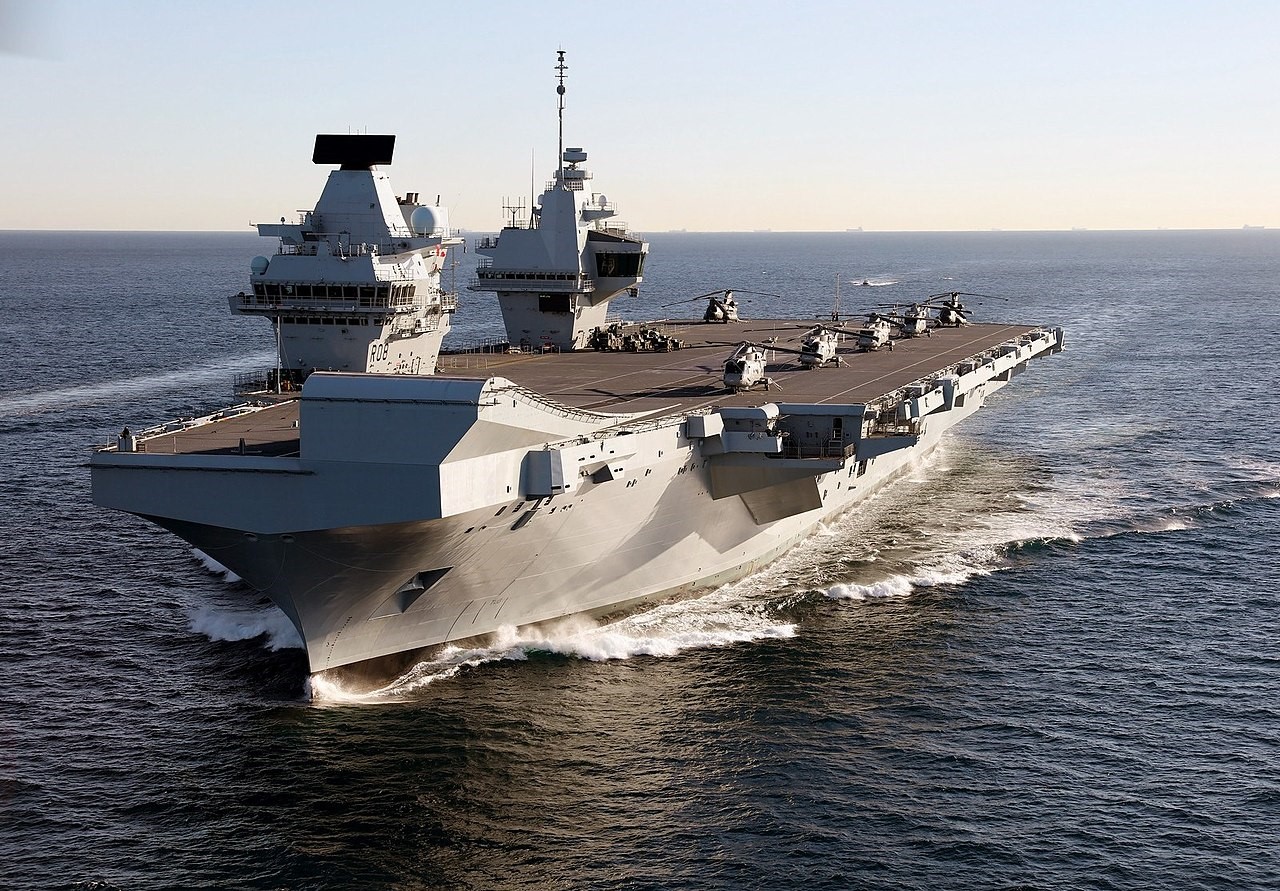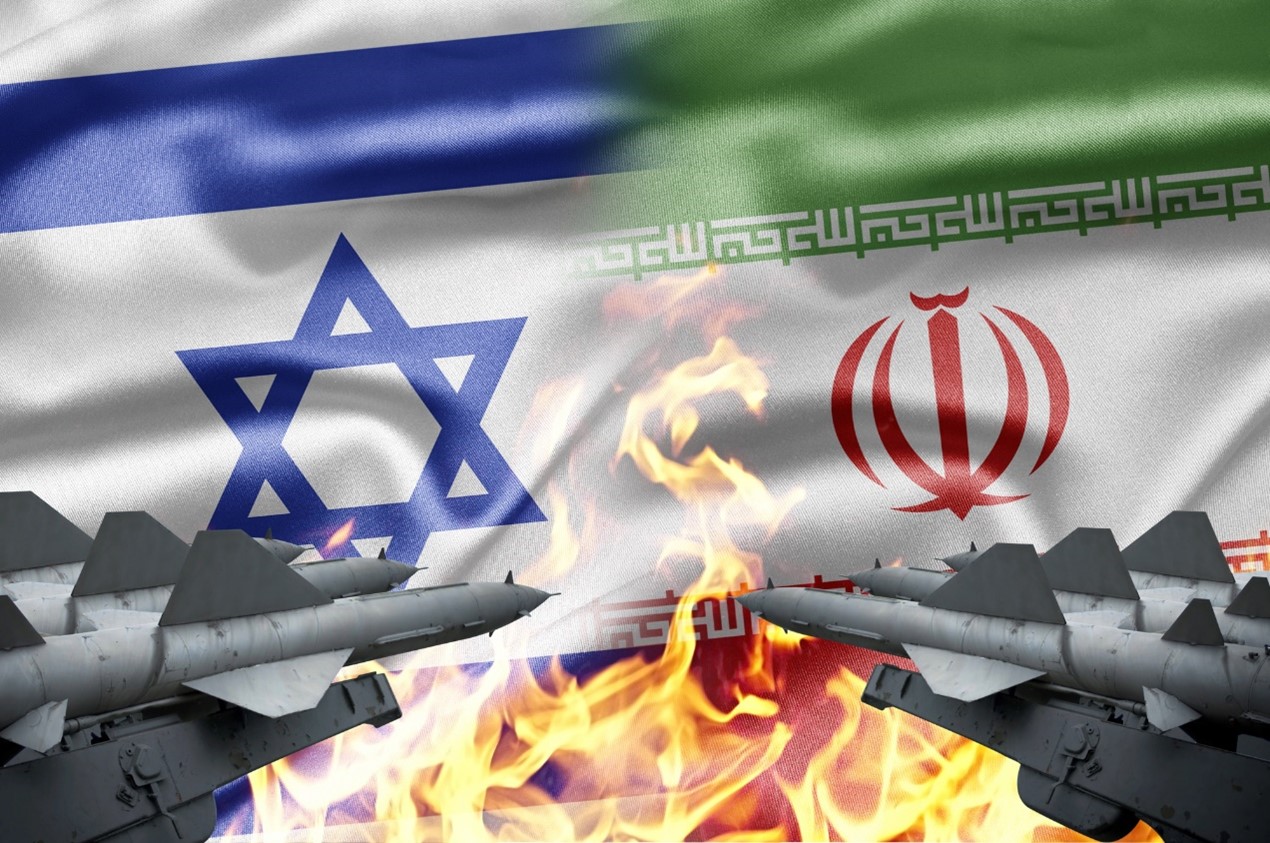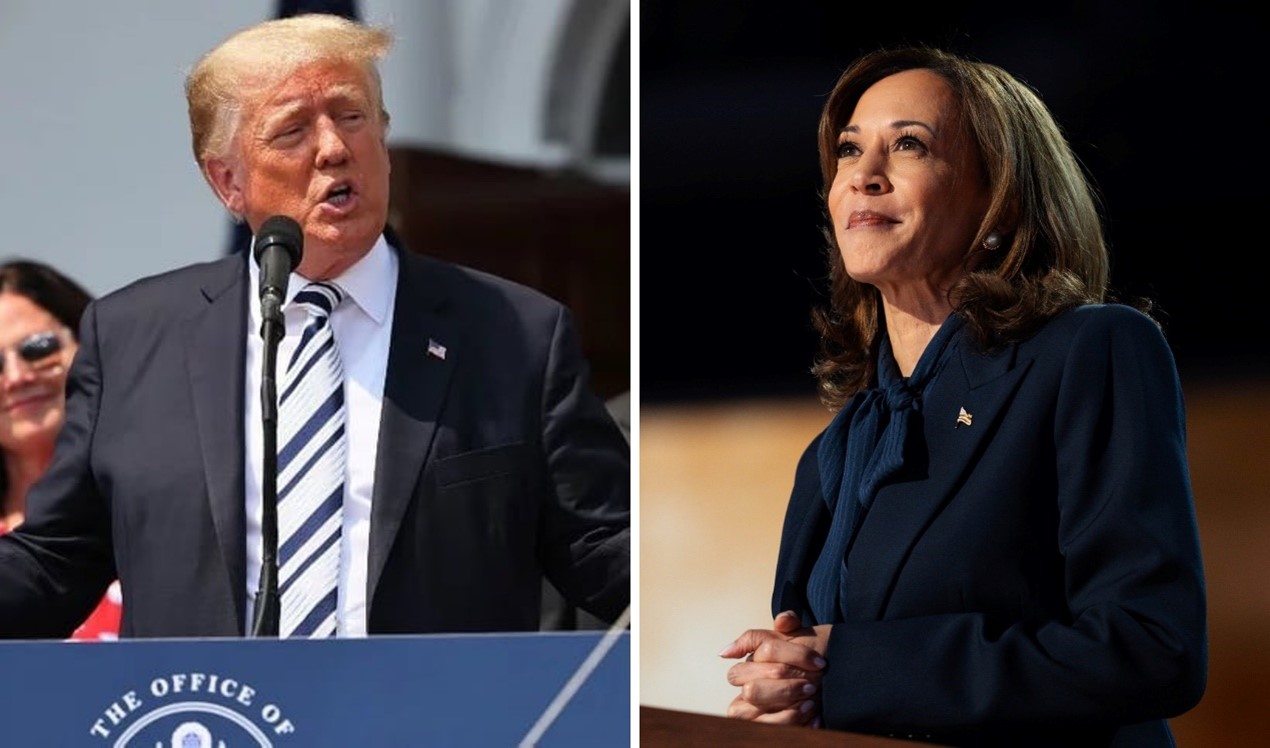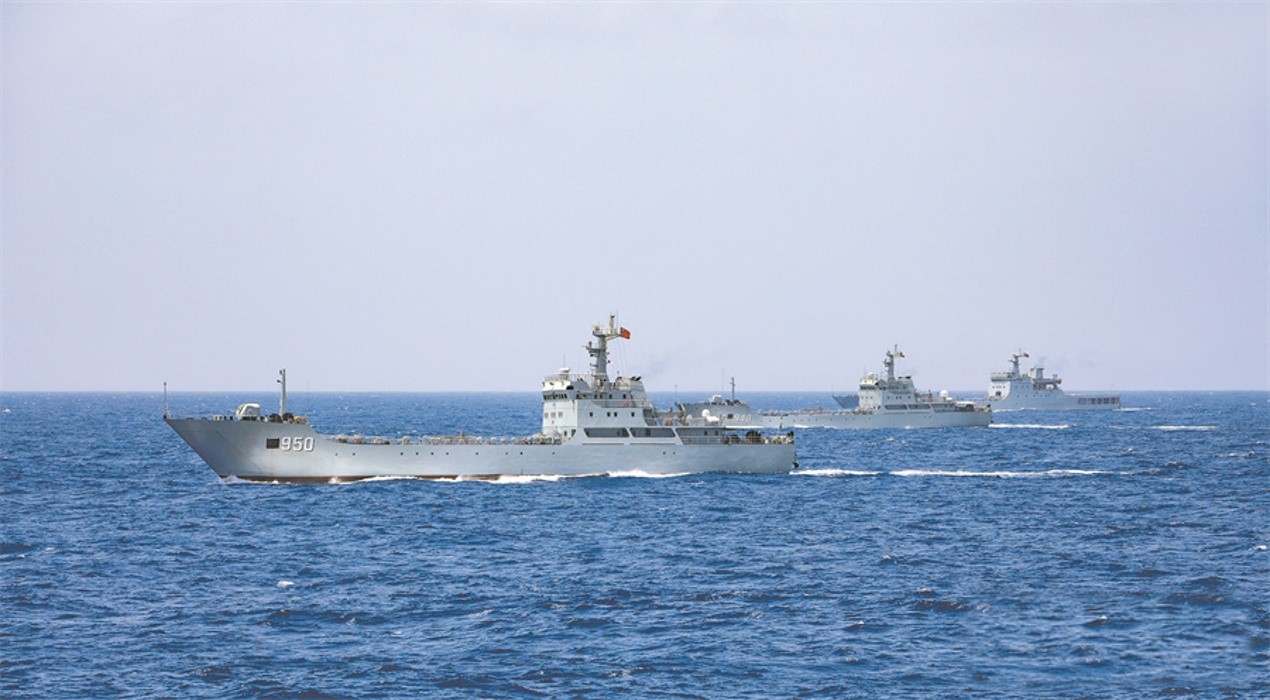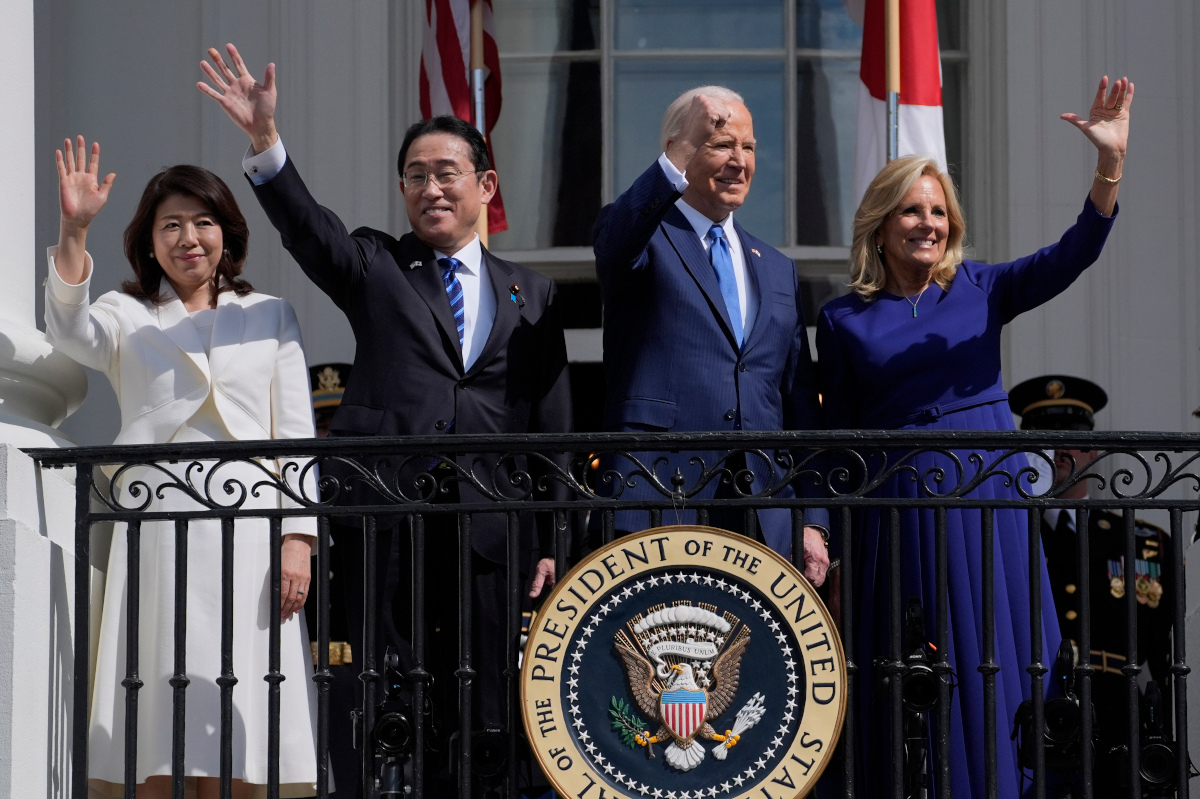The U.S.’ Security Package: Implications for Taiwan and the Indo-Pacific
Last year, the Taiwan Enhanced Resilience Act authorized the provision of Foreign Military Financing for Taiwan, but appropriators did not allocate funds for doing so. The Indo-Pacific Security Supplemental Appropriations Act remedies that failure, setting aside US$2 billion for FMF for Indo-Pacific partners, almost certain to include Taiwan. Picture source: Depositphotos.
Prospects & Perspectives No. 28
The U.S.’ Security Package: Implications for Taiwan and the Indo-Pacific
By Michael Mazza
On April 20, the U.S. House of Representatives passed the Indo-Pacific Security Supplemental Appropriations Act of 2024. Four days later, President Joe Biden signed it into law. The bill was an important step in redressing shortcomings of the United States’s defense footing in the Indo-Pacific. Only time will tell, however, whether the act will be remembered as more than a fleeting stopgap measure as China marches towards regional military superiority.
Enhancing American Force Structure and Force Posture
The largest share of the appropriated funds — over 40 percent of the US$8.1 billion — is dedicated “to support improvements to the submarine industrial base and for related expenses.” This should come as little surprise. The United States has long seen its undersea warfare capabilities as providing a key competitive advantage vis-à-vis the People’s Republic of China. But the People’s Liberation Army (PLA) has been wearing away at that advantage, fielding increasingly advanced attack submarines in large numbers. “China is narrowing one of the biggest gaps separating the U.S. and Chinese militaries,” the Wall Street Journal reported last November, “as it makes advances in its submarine technology and undersea detection capabilities.”
China is making those strides as the United States struggles to meet its own submarine requirements. According to the Wall Street Journal, the Navy has only 49 of the 66 nuclear-powered attack submarines it says it needs. U.S. military officials have suggested that the PLA may be able to successfully invade and occupy Taiwan as early as 2027, but the American submarine fleet is expected to shrink before it begins to grow and is forecast to reach 66 boats only in 2049 — and only if “an annual construction rate of two submarines can be reached, up from the current rate of 1.2.” Given the seemingly enduring pressure on defense budgets, that is a big if.
The injection of more than US$3 billion into Navy submarine spending accounts is intended to boost the availability of attack boats already in the fleet and to increase the submarine build rate, and thus perpetuate the U.S.’ longstanding dominance of the undersea domain. It is also intended to modernize the American nuclear deterrent. Just under US$2 billion (or more than half of submarine-related spending) is earmarked for the Columbia-class submarine, which will replace Ohio-class ballistic missile boats, the oldest of which are approaching 50 years in service. With China undertaking a major nuclear build-up that will ultimately pose a major threat, in particular, to the land-based leg of the American nuclear triad, Congress recognizes that an effective and survivable sea-based deterrent is necessary to ensuring strategic stability in the Indo-Pacific.
The Indo-Pacific Security Supplemental Appropriations Act also provides US$542.4 million for the Department of Defense to put towards Indo-Pacific Command’s unfunded priorities list, which the combatant command provided to Congress in March. The appropriators did not specify how that money is to be spent, but the largest appropriations category on INDOPACOM’s unfunded priorities list is military construction. According to an analysis by the American Enterprise Institute’s Elaine McCusker and John G. Ferrari, "the high dollar requirements listed include: facilities in Guam, harbor improvements in Palau, runways, wharfs and harbor projects in Micronesia, and water treatment and hanger projects in Hawaii.” INDOPACOM’s other unfunded priorities include a missile defense system for Guam, accelerated development of the Hunter extra-large unmanned underwater vehicle, and the Navy Standard Missile variant.
Whichever of these priorities DOD decides to tackle, doing so will enhance the U.S. military’s ability to operate safely and effectively in an environment that is increasingly contested. That, in turn, will enhance the U.S.’ deterrent posture in the region.
Aiding Allies and Partners
Congress allotted US$1.9 billion “to respond to the situation in Taiwan and for related expenses.” This will allow DOD to replace equipment that it transfers to Taiwan from its existing stock of materiel and to pay for any defense services and military training that the department provides to Taiwan. DOD can also use that money to reimburse third parties that provide defense articles and services to Taiwan at the request of the United States. This is suggestive of an American effort to mobilize allies and partners to support Taiwan’s improvements to its self-defense capabilities.
Last year, the Taiwan Enhanced Resilience Act, passed as part of the National Defense Authorization Act for Fiscal Year 2023, authorized the provision of Foreign Military Financing (FMF) for Taiwan, but appropriators did not allocate funds for doing so. The Indo-Pacific Security Supplemental Appropriations Act remedies that failure, setting aside US$2 billion for FMF for Indo-Pacific partners, almost certain to include Taiwan. It is too soon to say how these funds will be divvied up and what purchases they will support for Taiwan, but Taipei’s needs are many and varied. Priorities include the High Mobility Artillery Rocket System (HIMARS); anti-armor weapons; air and missile defense launchers and munitions; upgraded command, control, communications, computer, intelligence, surveillance, and reconnaissance systems; anti-ship and land-attack cruise missiles and launchers; and various unmanned aerial vehicles and standoff munitions.
If making FMF resources available to Taiwan can accelerate and enhance its efforts to modernize and optimize its military to counter Chinese aggression, conflict will become less likely.
Just a Band-Aid?
But it is not at all clear that FMF will be successful in doing so. According to a Cato Institute analysis, as of February 2024, Taiwan faced a US$19.1 billion backlog of U.S. weapons deliveries. Taiwan’s primary obstacle in increasing acquisitions has not been resources — an obstacle that FMF would address — but rather a U.S. defense-industrial base that has been unable to compress what Cato calls “egregiously long weapon delivery timelines.” FMF-supported acquisitions may simply deepen those backlogs.
Moreover, Taiwan’s domestic politics may cause tensions in relations with the United States. Divided government in Taipei appears likely to prevent, or at least slow, significant increases in defense spending and to impede needed defense reforms. Such an outcome will undermine congressional support in Washington for investing additional resources in Taiwan’s self-defense. The first round of FMF for Taiwan could also be the last.
The Indo-Pacific Security Supplemental Appropriations Act may also prove to be little more than a band-aid on the U.S.’ own waning military advantages in Asia. Sustainably boosting the submarine industrial base so that it can produce multiple boats each year will require more than a single injection of funds. And while the US$542.4 million for INDOPACOM’s unfunded priorities is surely welcome, INDOPACOM has indicated a total value of US$11 billion in unfunded priorities for fiscal year 2025. Put simply, the United States is still not serious about investing the resources required to effectively deal with a rising China.
The Indo-Pacific Security Supplemental Appropriations Act of 2024 is a step in the right direction, but that is all it is. With Chinese military modernization efforts proceeding apace, self-imposed defense resource constraints in Taipei and Washington will continue to loom large.
(Michael Mazza is a senior director at the Project 2049 Institute and a senior non-resident fellow at the Global Taiwan Institute.)







